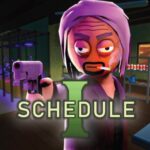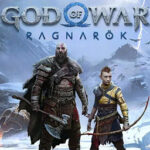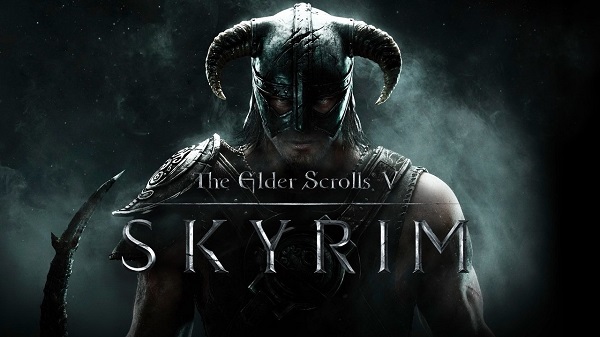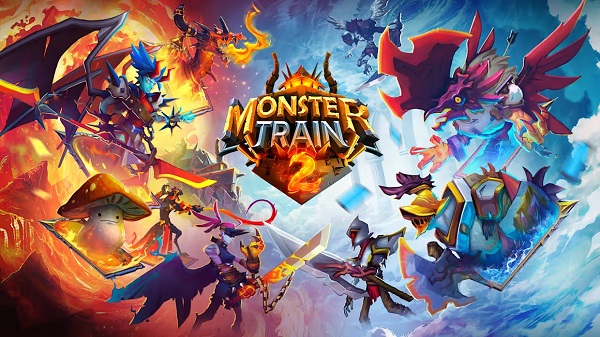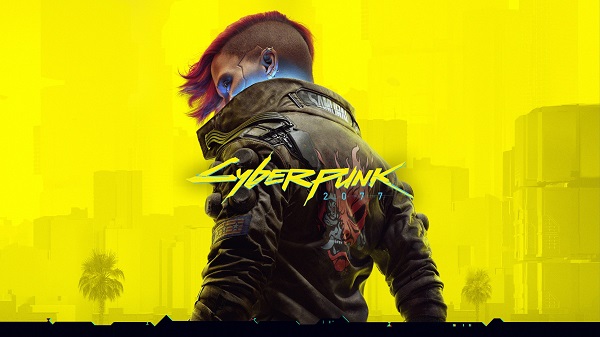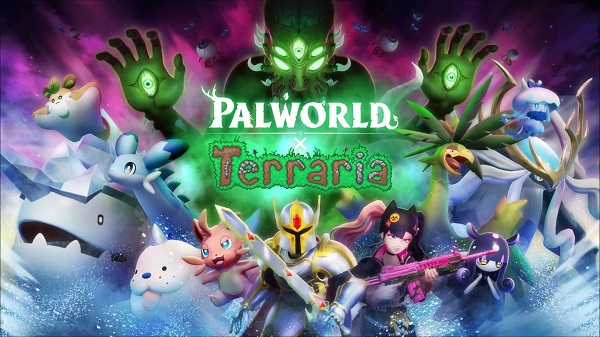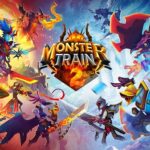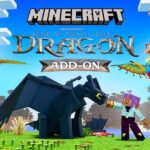Advertisement
Popular Now
The Elder Scrolls V: Skyrim (2011), developed by Bethesda Game Studios, is a landmark in open-world RPGs, celebrated for its expansive world and player freedom. Central to its narrative is the Dragonborn, a prophesied hero destined to combat the dragon Alduin. While Skyrim’s open-world exploration and modding community often steal the spotlight, the Dragonborn narrative is a complex tapestry of lore, player agency, and storytelling evolution. This article delves deeply into the specific issue of how the Dragonborn’s narrative evolved during development and post-release, shaped by design choices, player feedback, and expansions like Dawnguard and Dragonborn. Spanning over a decade, this evolution reflects Bethesda’s balancing act between linear storytelling and open-world freedom, addressing narrative depth, cultural impact, and community-driven reinterpretations.
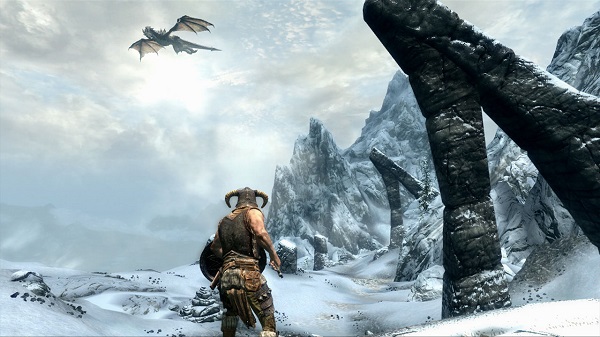
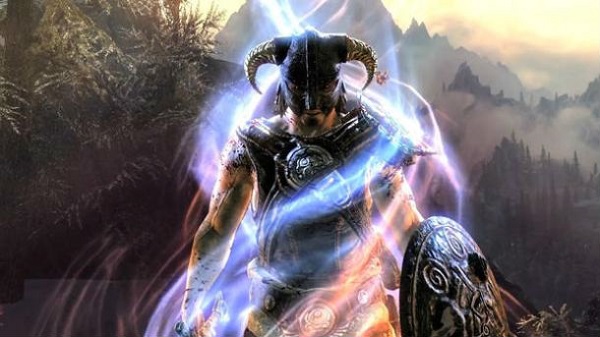
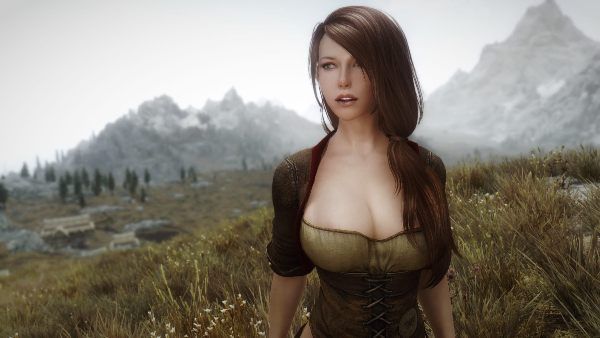
The Genesis of the Dragonborn Concept

Early Inspirations and Lore Roots
The Dragonborn concept draws heavily from The Elder Scrolls’ rich lore, particularly the mythology of Tamriel’s dragons and the Nordic-inspired province of Skyrim. Bethesda envisioned a hero tied to the series’ metaphysical concept of "Dovahkiin," a mortal with a dragon’s soul, inspired by earlier games like Morrowind’s Nerevarine and Oblivion’s Champion of Cyrodiil. Unlike these predecessors, the Dragonborn’s narrative was designed to feel epic yet personal, rooted in Nordic sagas and the cyclical prophecy of Alduin’s return. Early design documents, as revealed in Bethesda’s developer diaries, emphasized a narrative that would anchor Skyrim’s open-world chaos with a mythic, destiny-driven storyline.Balancing Prophecy with Player Freedom
Bethesda faced the challenge of integrating a fixed prophecy into a game celebrated for player choice. The Dragonborn’s role as a savior was non-negotiable in the main quest, yet the game allowed players to ignore this destiny entirely, pursuing side quests or faction storylines. This tension shaped early narrative drafts, where writers like Emil Pagliarulo aimed to make the Dragonborn feel unique without railroading players. The solution was a modular narrative structure, where key moments (like learning Shouts or defeating Alduin) were epic but optional, allowing players to define their Dragonborn’s identity—be it a noble hero, a rogue, or a reluctant savior.Crafting the Main Quest’s Narrative Arc
The Call to Adventure
The main quest begins with a near-execution at Helgen, a dramatic introduction to the Dragonborn’s destiny. This opening, inspired by classic hero’s journey tropes, establishes Alduin as a world-ending threat. Bethesda’s choice to make the player a prisoner (a series staple) ensured a blank-slate protagonist, but the Dragonborn’s unique powers—Shouts—set them apart. The narrative team leaned into the visceral thrill of absorbing dragon souls, making each encounter a step toward embracing the Dovahkiin identity.Mid-Game Narrative Challenges
As players progress, the main quest introduces complex lore elements, such as the Dragon War and the role of the Greybeards. However, early feedback from beta testers, as noted in post-launch interviews, highlighted pacing issues. The questline’s middle act—gathering allies and learning Shouts—felt repetitive to some, as it leaned heavily on fetch-style missions. Bethesda mitigated this through dynamic world events, like random dragon attacks, which kept the Dragonborn’s role relevant even outside the main quest. Still, the narrative’s reliance on linear progression clashed with Skyrim’s open-world ethos, a criticism that persisted.The Role of Shouts in Shaping Identity

Shouts as Narrative Mechanics
Shouts, or Thu’um, are more than gameplay mechanics; they’re narrative tools that reinforce the Dragonborn’s mythic status. Each Shout, learned from Word Walls or dragons, ties the player to Tamriel’s ancient history. Bethesda’s writers embedded lore in these abilities, with Shouts like "Unrelenting Force" echoing the power of dragon priests. This integration ensured the Dragonborn’s narrative felt tactile, as players literally spoke the language of dragons.Cultural and Symbolic Significance
The Shouts also reflect Skyrim’s Nordic-inspired culture, drawing from Viking sagas where words held power. The narrative team used this to ground the Dragonborn in Skyrim’s world, making their journey a cultural reclamation as much as a heroic one. However, some players felt the Shouts’ narrative weight was underutilized, as many quests didn’t require their use. This led to community mods like Thunderchild that expanded Shout-related lore, highlighting a gap Bethesda later addressed in expansions.The Impact of Faction Storylines
Diverging from the Dragonborn Path
Skyrim’s faction quests—Companions, Thieves Guild, Dark Brotherhood, and College of Winterhold—offer alternative identities that sometimes overshadow the Dragonborn narrative. For example, becoming the Harbinger of the Companions casts the player as a werewolf warrior, which can feel disconnected from the Dovahkiin’s destiny. Bethesda intentionally designed these storylines to compete for narrative focus, reinforcing player agency but diluting the main quest’s urgency. This choice sparked debate among fans, with some praising the freedom and others criticizing the lack of integration.Narrative Fragmentation
The faction system’s narrative strength lies in its variety, but it posed challenges for the Dragonborn’s cohesion. Unlike Morrowind, where faction quests tied loosely to the Nerevarine prophecy, Skyrim’s factions operate independently. This fragmentation led to a narrative where the Dragonborn could be a thief, mage, or assassin without impacting the Alduin storyline. Post-launch, Bethesda acknowledged this in developer panels, noting they prioritized player freedom over a unified narrative, a decision that shaped later expansions.The Dawnguard Expansion: Expanding the Dragonborn’s Role
Introducing Vampire and Dragonborn Dynamics
The Dawnguard expansion (2012) introduced a new layer to the Dragonborn narrative by pitting them against the vampire lord Harkon. This storyline explored the Dragonborn’s power through a moral lens, asking whether they’d join the Dawnguard or embrace vampirism. The expansion tied vampiric power to the Dragonborn’s draconic nature, creating a thematic parallel between blood and soul. This added depth to the narrative, addressing fan feedback about the main quest’s lack of moral complexity.Enhancing the Heroic Identity
Dawnguard also introduced Serana, a fan-favorite companion whose personal story intertwined with the Dragonborn’s. Her narrative arc—grappling with her vampire heritage—mirrored the Dragonborn’s struggle with destiny, creating a more emotionally resonant storyline. By giving the Dragonborn a companion with agency, Bethesda strengthened the narrative’s emotional core, a shift that influenced future Elder Scrolls storytelling.The Dragonborn Expansion: A Return to Roots
Revisiting Morrowind’s Legacy
The Dragonborn expansion (2012) took players to Solstheim, a nod to Morrowind’s Bloodmoon DLC. Here, the Dragonborn faces Miraak, the First Dragonborn, in a narrative that directly challenges the player’s mythic status. This expansion addressed criticisms of the main quest’s simplicity by introducing a rival whose powers mirrored the player’s. The conflict with Miraak felt personal, as it forced the Dragonborn to confront their own legacy and mortality.Deepening the Lore
The Dragonborn expansion also expanded Tamriel’s cosmology, introducing Hermaeus Mora and the Black Books. These elements tied the Dragonborn to the series’ broader metaphysical themes, like knowledge and power. By grounding the narrative in Morrowind’s lore, Bethesda appealed to veteran fans while giving the Dragonborn a climactic arc that felt like a true culmination of their journey. This expansion is often cited as Skyrim’s narrative peak.Community Mods and Narrative Enrichment



